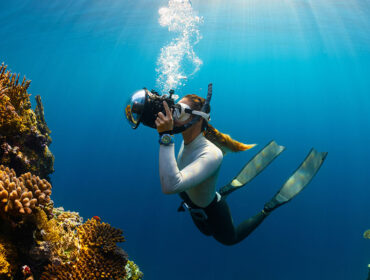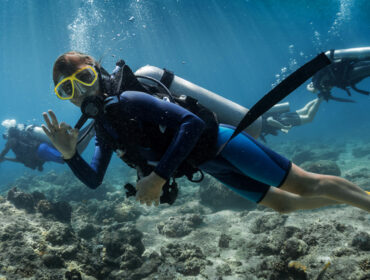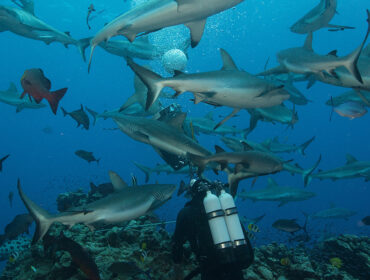Getting separated from your dive boat or lost at sea is probably a diver’s worst nightmare. Divers can surface far away from their dive boats, get lost in underwater navigation or simply get swept away by strong currents. Spotting the head of a diver bobbing on the surface against the waves is a difficult thing to do and without some kind of emergency signaling device, this gets even harder for dive boats or search and rescue to spot you. Thankfully there are so many devices, Audible, Visual and High-tech, available to divers these days that will help your dive boat or rescuers spot you in the water should the need ever arise, however each device comes with its own set of Pros and Cons. Divers should carry at least a combination of the below mentioned signaling devices with them on every dive to ensure maximum effectiveness should the need arise.
Visual Signaling Devices
Strobe Lights
Strobe Lights flash bright white light in intervals and are highly effective visual signaling devices at night and also during the day. These devices can be carried by divers or attached to BCD’s and activated whenever needed. Strobes are especially useful if caught in a storm and are also highly visible from above for air rescue.
The Disadvantage of a strobe light is that it runs on batteries, and that a diver must ensure he purchases a good quality strobe that will usually last 24-30 hours on battery and ensure regular maintenance and replacement of batteries.
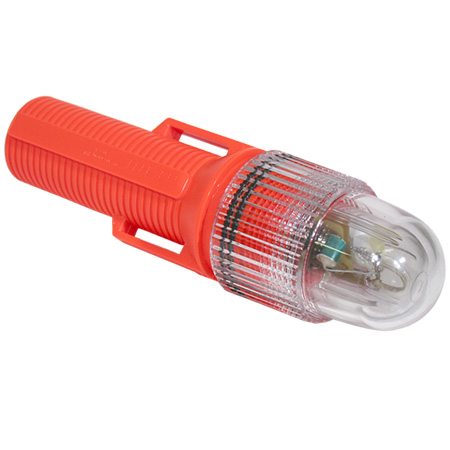
Dive Lights
A dive light can also come in handy to signal your rescuers especially at night. The more powerful handheld dive lights emit a strong beam that can be seen from a great distance and also be used to signal air rescuers. A dive light is something that can be used outside of an emergency situation and is something that one could easily carry along regularly.
Cons are that they depend on battery, and are more effective at night. Once again the diver has to spot his/her rescuers to direct the light towards them, otherwise risk running out of battery waving the light on.
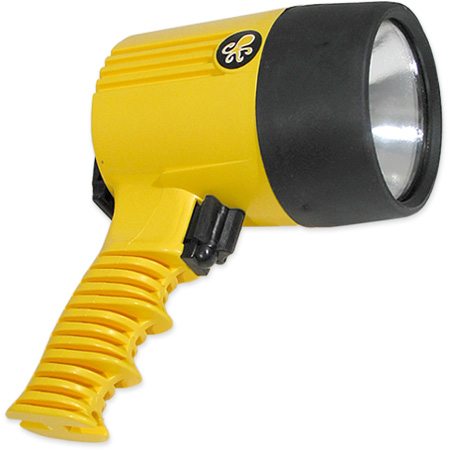
Chemical Light Sticks
Chemical light sticks are compact and easy to carry in one’s BCD and are additionally cheap as well. Depending on the quality and type of Stick these can glow for up to 12 hours. On a dark night these can be easily spotted against the dark ocean, and may also be spotted from the air.
Chemical Sticks aren’t as bright as a flash light or a strobe, and have almost zero impact during the daytime.
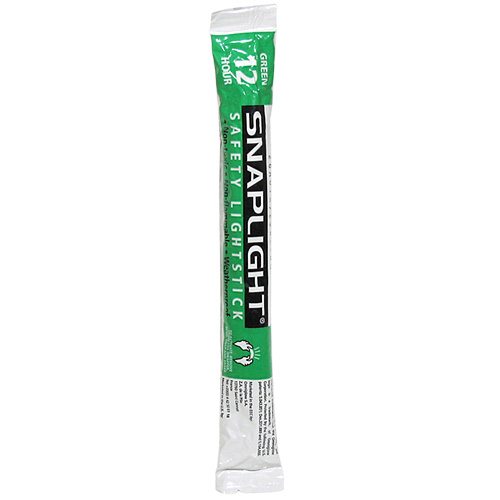
Sea Dye Marker
Chemical Sea Dye Markers, come in tubes or vials that contain a highly visible fluorescent, “dye slick” that lasts for 15- 30 minutes and enables aircraft to quickly locate the lost diver. This “slick” can be seen for up to a mile or more and is a great passive method of signaling.
Current and wind action affect the duration of the dye slick and in strong seas this will get washed away in minutes. The non fluorescent dyes are of no use in the night time as they cannot be spotted In the dark.
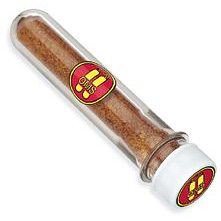
Smoke Marker/Flare
Distress Smoke Markers or Flares are also highly effective ways to signal rescue. Divers can carry small hand launched flares in their BCD pocket for emergency signaling on the surface.
Flares however work best at night and most are not guaranteed water proof to diving depths. Smoke canisters are also not guaranteed to diving depths and are ineffective in highly windy conditions or at night.
High Tech Devices
ELT Emergency Locator Transmitter
These devices transmit the location of the diver at the emergency coast guard homing frequency, which can be located by the Coast Guard or any boat/aircraft equipped with a Direction Finding receiver. There are several different kinds of ELT’s and Dive Tracker devices that help divers signal rescuers or their dive boat to their location. The biggest advantage is that these devices lead your rescuers straight to you. Recently there has been a lot of research in to incorporating GPS receivers that can be worn by divers to lead rescuers directly to them.
Transmitter devices are often very expensive and run on batteries requiring regular replacement. Some transmitters are often bulky to carry and inconvenient for the diver.


